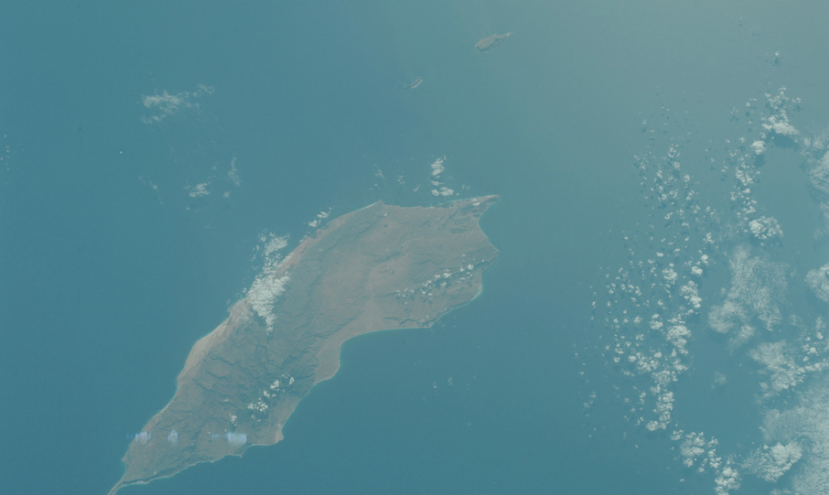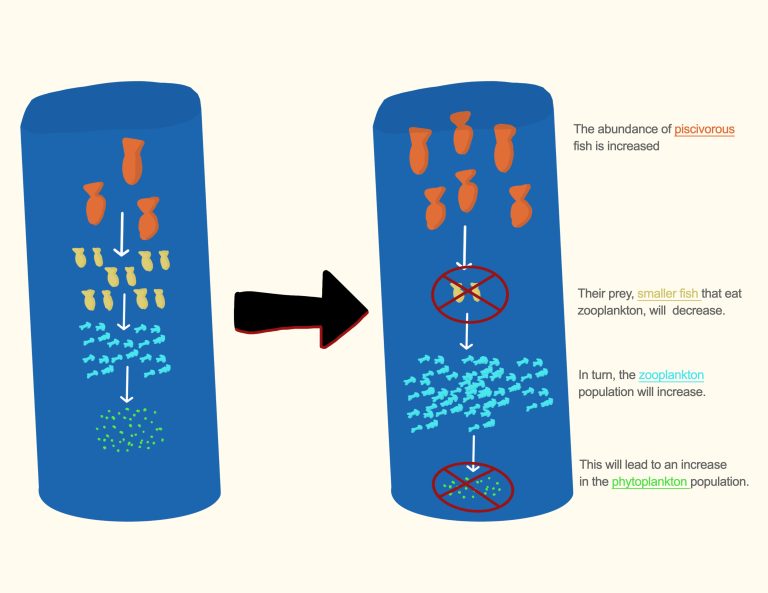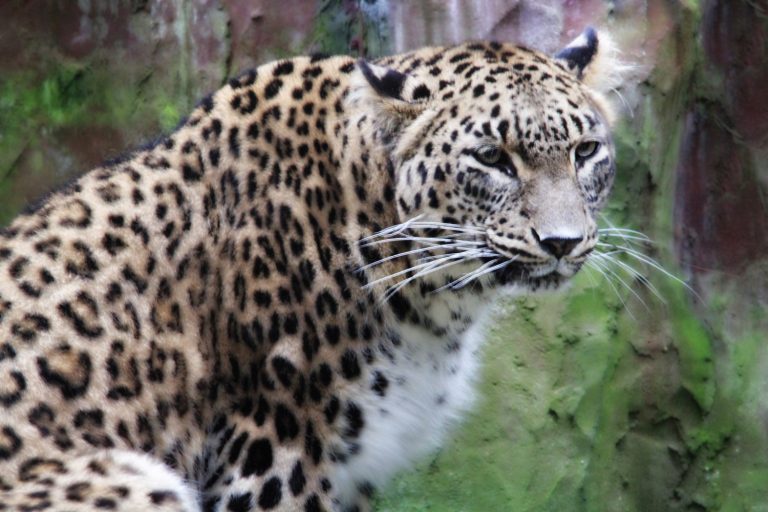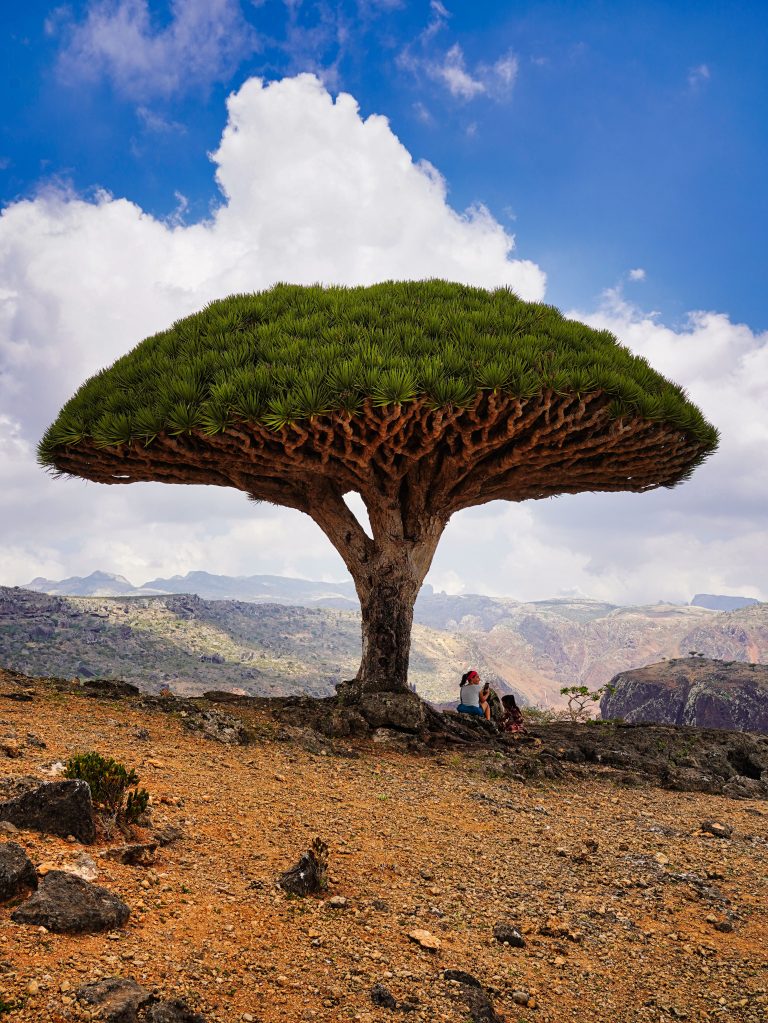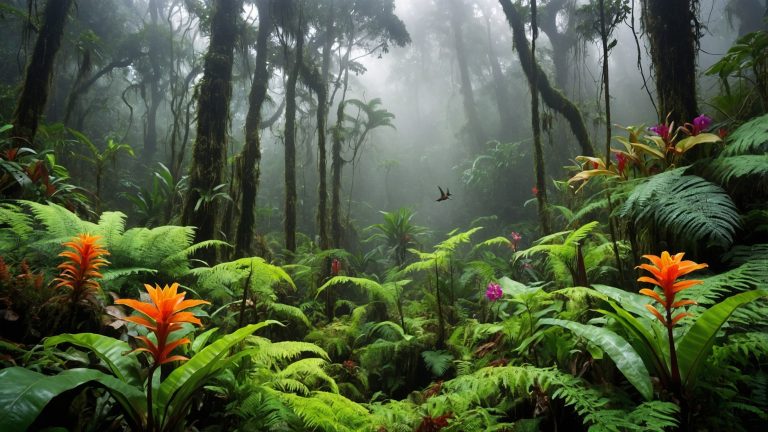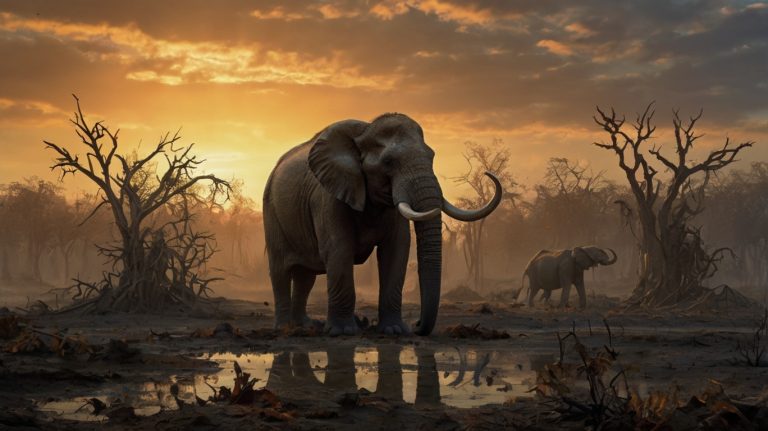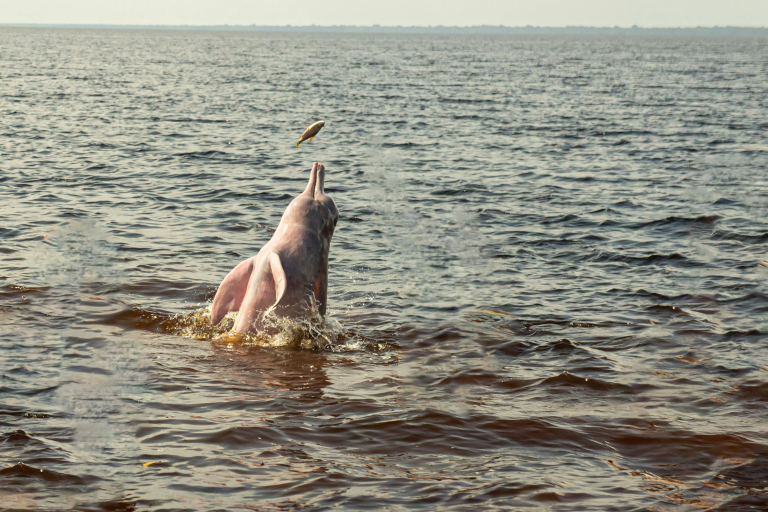Socotra Island: A Hidden Natural Wonder in The Arabian Sea
Imagine an island with very alien-looking yet beautiful landscapes, with equally strange-looking plants, with such high endemism among its plant and animal communities.
That about sums up Socotra Island, a biodiversity hotspot of unique beauty hidden away in the Indian Ocean.
In this post, I will take you on a journey exploring the beauty and the rich biodiversity of Socotra Island.
Location, Geography & Climate of Socotra Island
Let’s start our exploratory journey by learning where this magical island is and about its geographical features.
Socotra Island Location
Socotra is an island in the Indian Ocean, lying 380 kilometers (205 nautical miles) south of the Arabian Peninsula and 240 km (130 nautical miles) east of the Horn of Africa, between the Guardafui Channel and the Arabian Sea.
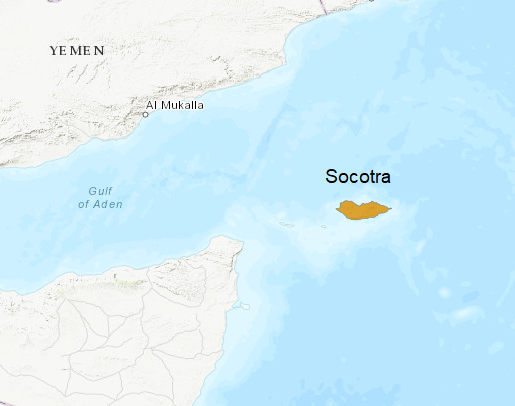
Attribution-Share Alike 4.0 International
Geographically, it’s part of Africa, but politically and culturally, it’s part of Yemen.
Geography
Socotra Island is part of the Socotra archipelago and the largest island of it, covering around 95% of its landmass.
It is one of the most isolated landmasses that has a continental origin, meaning that it was once part of a continent, not a landmass formed by volcanic activity.
The archipelago was once part of the supercontinent Godswanaland before getting separated from it due to rifting events about 20 to 15 million years ago.
The island has an area of approximately 3796 square kilometers(1400 square miles) and has three major topographical regions.
One is the narrow coastal plains with its characteristic sand dunes created by monsoon winds in the summer.
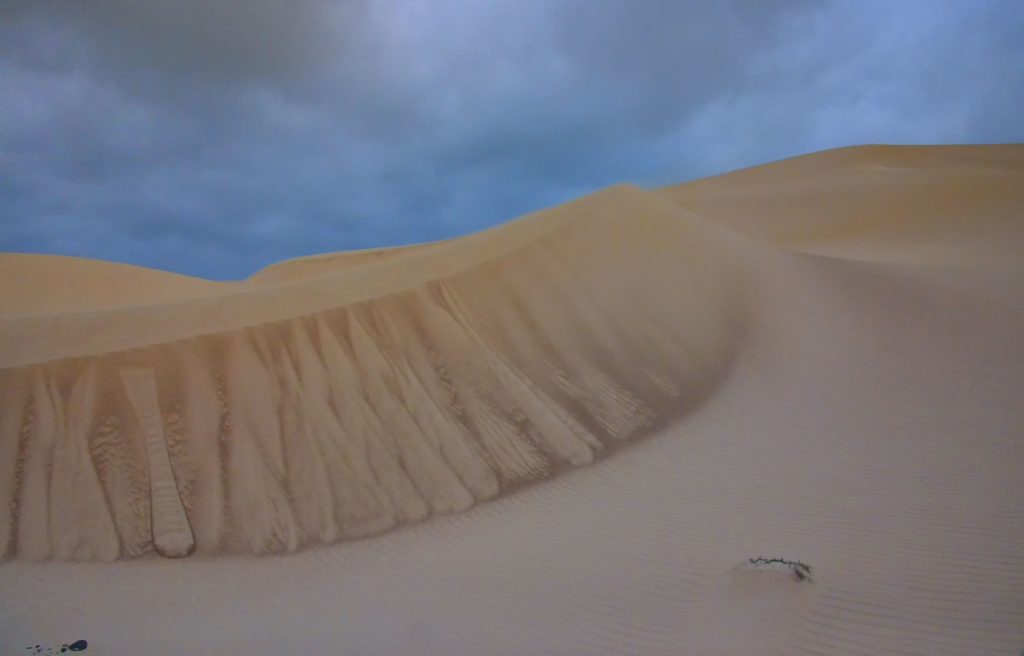
https://creativecommons.org/licenses/by-sa/2.0/
Another is the limestone plateaus with limestone rocks with plains in between them covering most of the island’s area.
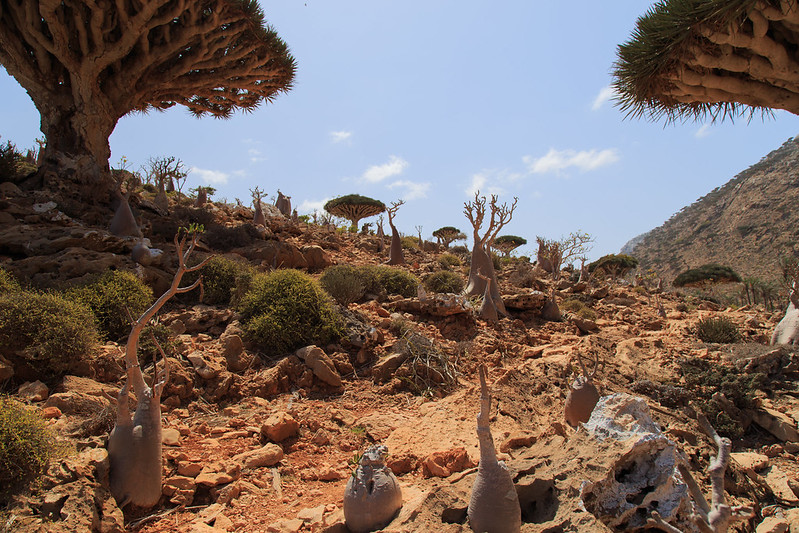
https://creativecommons.org/licenses/by/2.0/
The other is the Hajhir mountains in the center, with a top elevation of 1525 meters(5,004.92 feet).
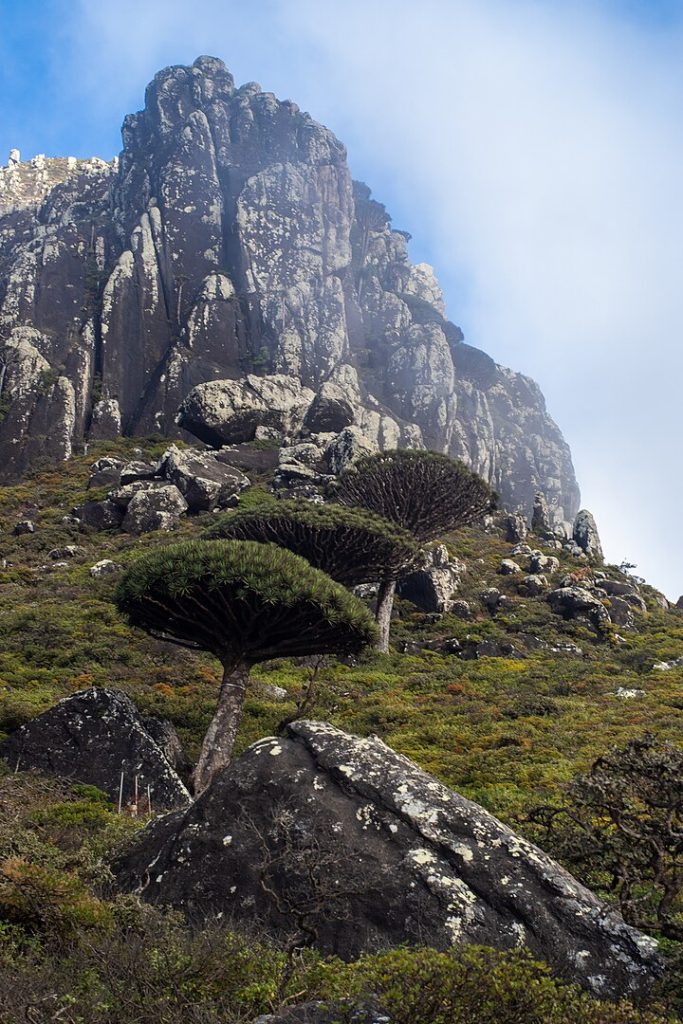
Door Valerian Guillot from Cambridge, United Kingdom - Skand mountain, Socotra, Yemen, CC BY 2.0, KoppelingThe island also has wadis, the river beds that are occasionally filled with water during the rainy seasons.
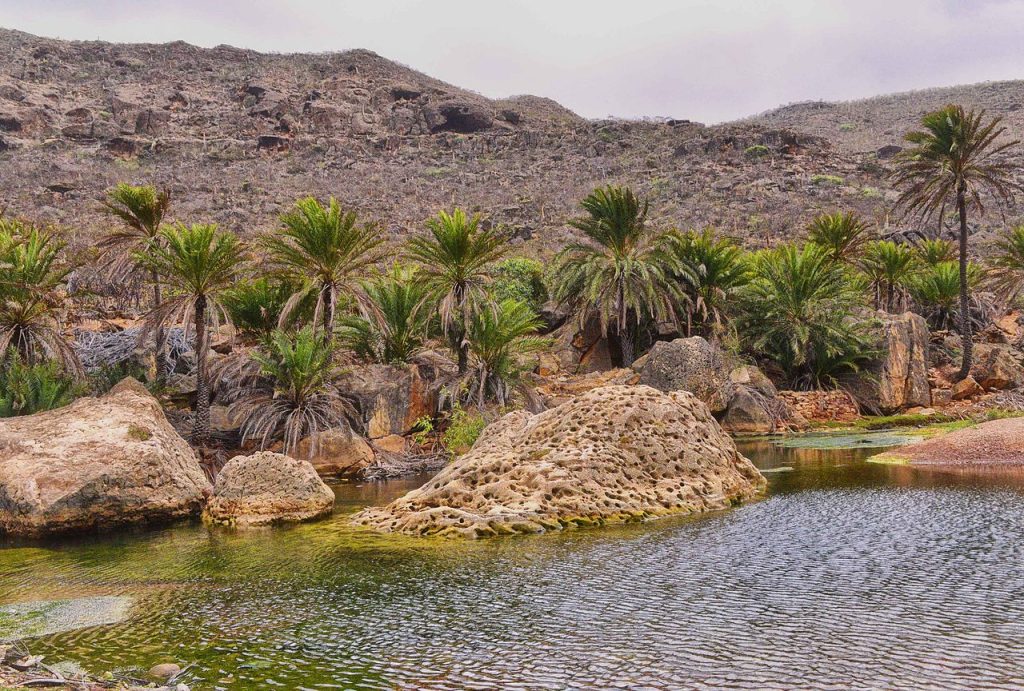
Wadi, Socotra Island
Wadi Dirhur is a notable, very scenic geographical feature of the island, too. It’s a canyon that cuts through the limestone plateaus, featuring a freshwater stream, unique plants, and diverse birdlife.
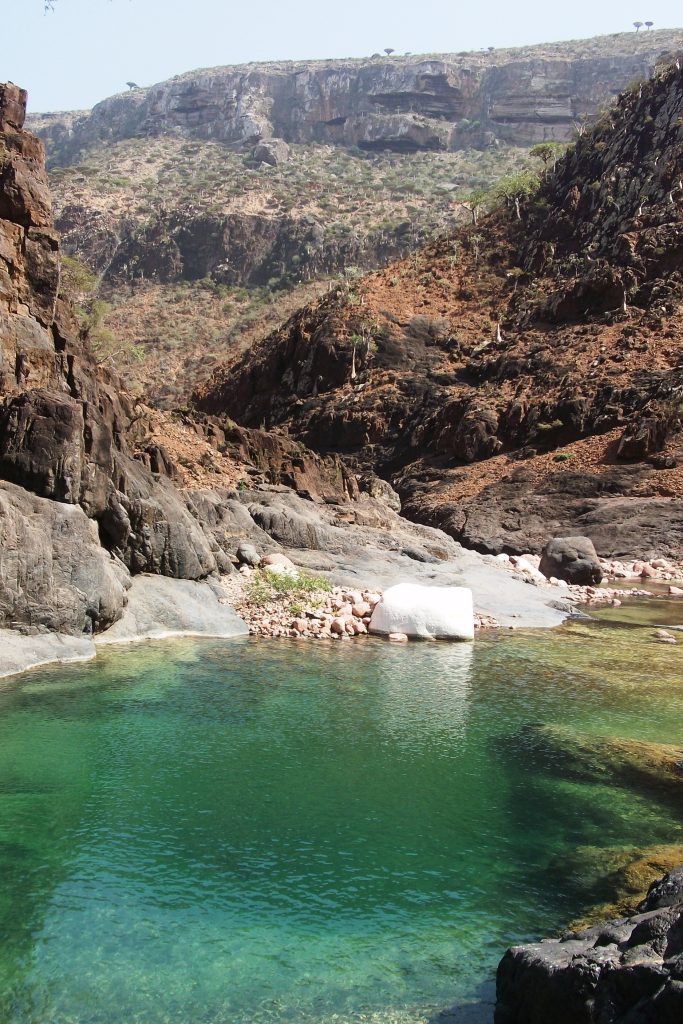
Wadi Daerhu swimming hole
All these result in very beautiful and strange-looking landscapes, so Socotra Island has been described as “the most alien-looking place on earth.”
Climate
Socotra Island has a hot desert climate.
The annual average temperature is 25°C(77°F), but it can get as hot as 35°C(95°F) in daytime depending on the season.
There are two monsoon seasons: southwest monsoon from June to September, which brings strong winds but not much rain, and northeast monsoon from October to December, which brings rain, mostly to the hilly central region of the island.
Overall, rainfall is on the low side, averaging 194 mm island-wide, varying between 155 mm in the coastal areas and 1000 mm in the mountainous areas.
Coastal areas have high humidity, and the central hills are cooler.
From March to May is the hottest and driest period on the island.
Nighttime dew is a major source of water for ecosystems at higher altitudes.
Biodiversity of Socotra: Unique Animals & Plants
The biodiversity there is interesting, too, with the whole Socotra archipelago and Socotra Island itself having a high number of endemic species.
So, the Socotra archipelago is a biodiversity hotspot, and so is Socotra island itself. This unique biodiversity has also earned Socotra island the nickname “Galapagos of the Indian Ocean,” and the Socotra archipelago was declared a UNESCO World Heritage in 2008.
Socotra Island Animals: Endemic Species
More than 2500 species of animals have been recorded from the Socotra archipelago and around 1000 from Socotra Island, and these numbers are still growing, and the number of endemic species among them is phenomenal.
Land snails show the highest rate of endemism, with 95% of the land snail species recorded over the archipelago being endemic.
There are 30 species of territorial reptiles on Socotra, including skinks and legless lizards, and 29 of them are endemic. Four species of marine reptiles have been recorded, too.
Around 1520 insects have been discovered on the island, and over 660 of them are endemic.
Out of over 200 bird species recorded on the island, 6-10 of them are endemic, according to different sources.
There are only four native mammal species, all bats, and one species is endemic. There are a few other introduced mammals, too, including Domestic cats, Dromedary camel, African wild ass, etc.
Socotra Island boasts rich marine biodiversity, too, with 253 coral species(5 endemic) and 730 fish species.
Some Notable Endemic Animal Species of Socotra Island
Here are some notable species of Socotra’s numerous endemic animals:
- The Socotra Starling
(Onychognathus frater)–
This large starling is endemic to Socotra, roosts, and nests around cliffs and rocky areas, and feeds on dry woodland.
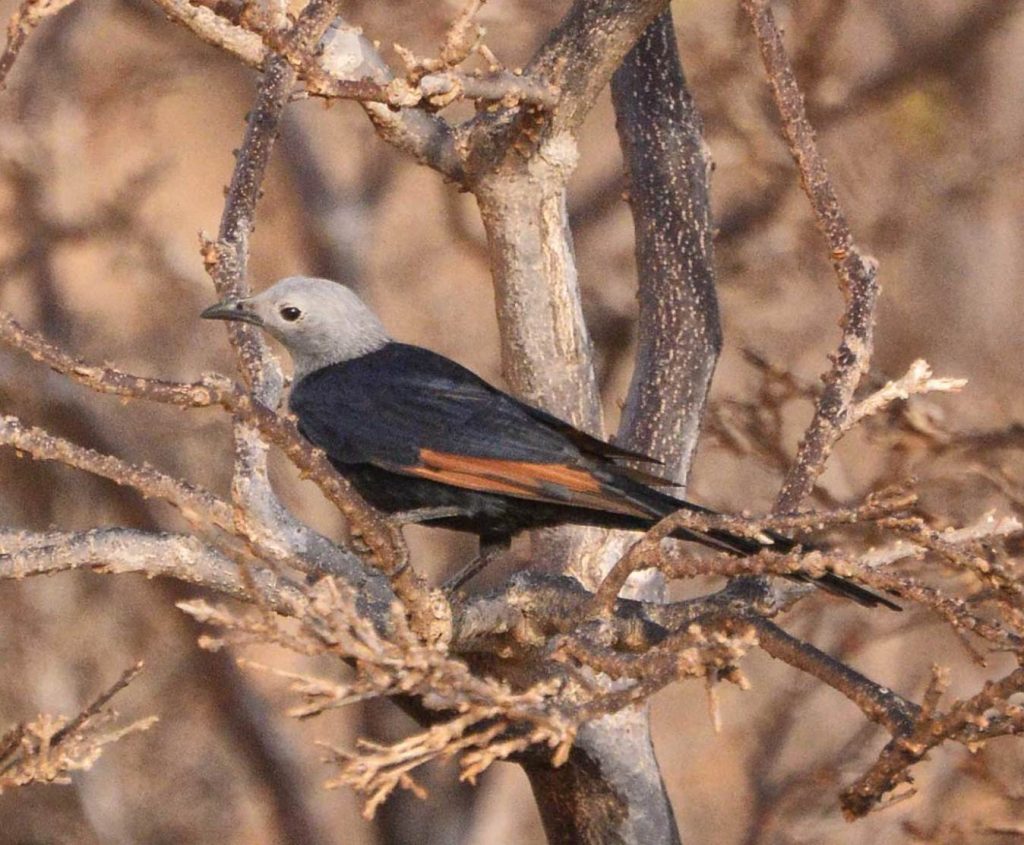
- Piano snail(Socotora naticoides)– This land snail is quite large, with adult specimens reaching up to 5 cm. The coloration of its shell resembles piano keys, earning its nickname “piano snail.”
- Socotra Blue Butterfly(Azanus mirza)– A beautiful butterfly with striking blue wings that can be seen in various habitats across the island.
- Socotra Desert Beetle(Harpalus socotranus)– Adapted to dry conditions, Socotra Desert Beetle dwells in rocky and sandy environments and plays an important role as a decomposer.
- Socotran Pipistrelle(Hypsugo lanzai)- Believed to be the only endemic mammal of the Socotra island, this bat is found across the island, especially in forests and caves.
- Socotran Racer(Hemerophis socotrae)– This snake endemic to the Socotra archipelago is mainly associated with Socotra island, even though it’s not strictly limited to the island itself.
- Socotra Sand Lizard(Mesalina balfouri)– This lizard that occupies rocky and shrubby areas of the island is quite a common site there, often seen basking on rocks.
- Socotra Giant Gecko(Haemodracon riebeckii)- Endemic to the Socotra archipelago, this is the largest nocturnal gecko found on Socotra island.
- Socotran chameleon (Chamaeleo monachus)– This chameleon, only found on Socotra Island, can change its color dramatically. Living in the island’s shrublands up to 1000m, it grows 20 cm from head to tail.
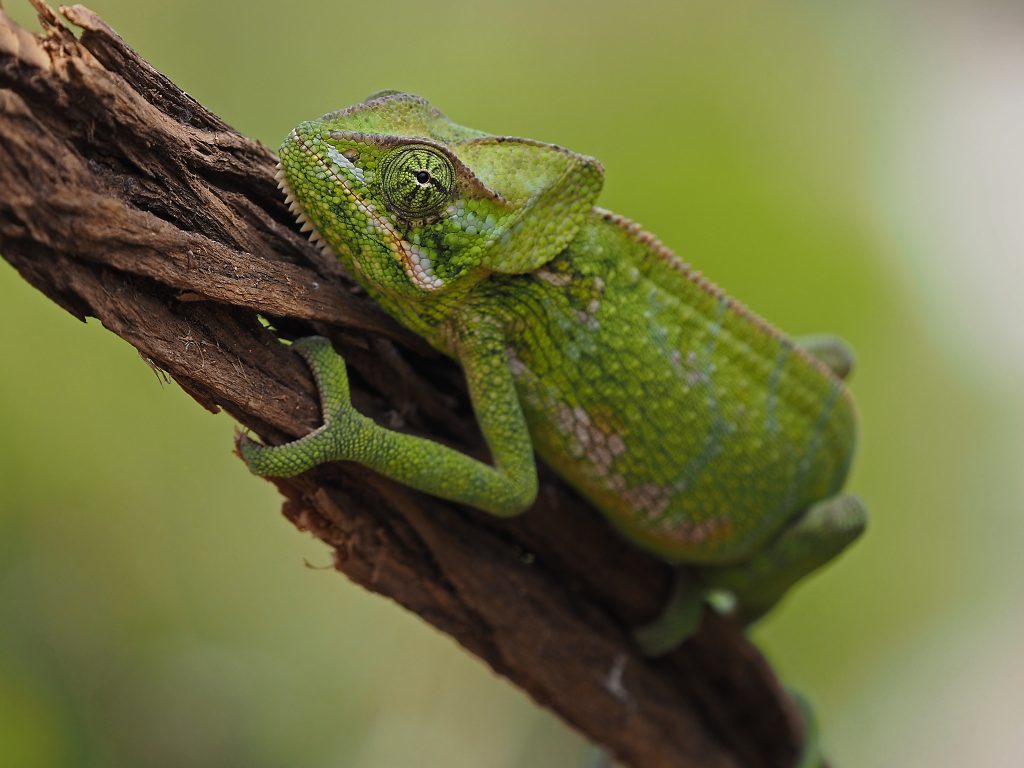
Unique Plant Life on Socotra
Socotra Island’s plant diversity is impressive, too, with 37% of the recorded plant species being endemic.
Also, many of these plants have very unusual characteristics. One could say they blend well within the island’s alien-looking landscape.
Iconic Plant Species of The Island
Let’s look at some of Socotra’s plants that stand out.
- Dragon’s Blood Tree (Dracaena cinnabari)- This plant, endemic to the Socotra archipelago, has a unique umbrella-like shape. It also has red-colored sap, hence the name Dragon’s Blood Tree. Well adapted to the island’s arid climate, it plays an important ecological role. Its sap has been used in traditional medicine and as a dye since a long time ago, and it also has great cultural significance, being mentioned in old literature and Hindu, Arabic, and Greek mythology and folklore. Some specimens of this tree are believed to be 400-500 years old. It’s a very slow-growing tree, too.
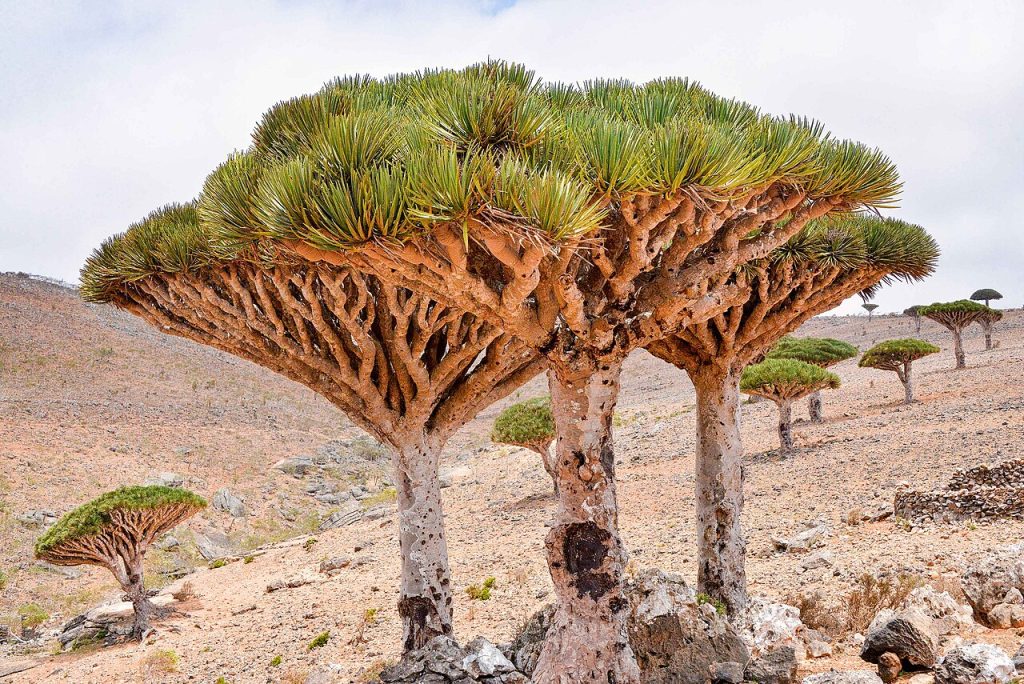
https://www.flickr.com/photos/rod_waddington/24142290504/
- Bottle Tree (Adenium obesum socotranum)– This plant subspecies native to Socotra island has a trunk shaped like a bottle that’s capable of storing water, an adaptation to dry conditions. Locals have used its wood for making tools and its roasted seeds for food.
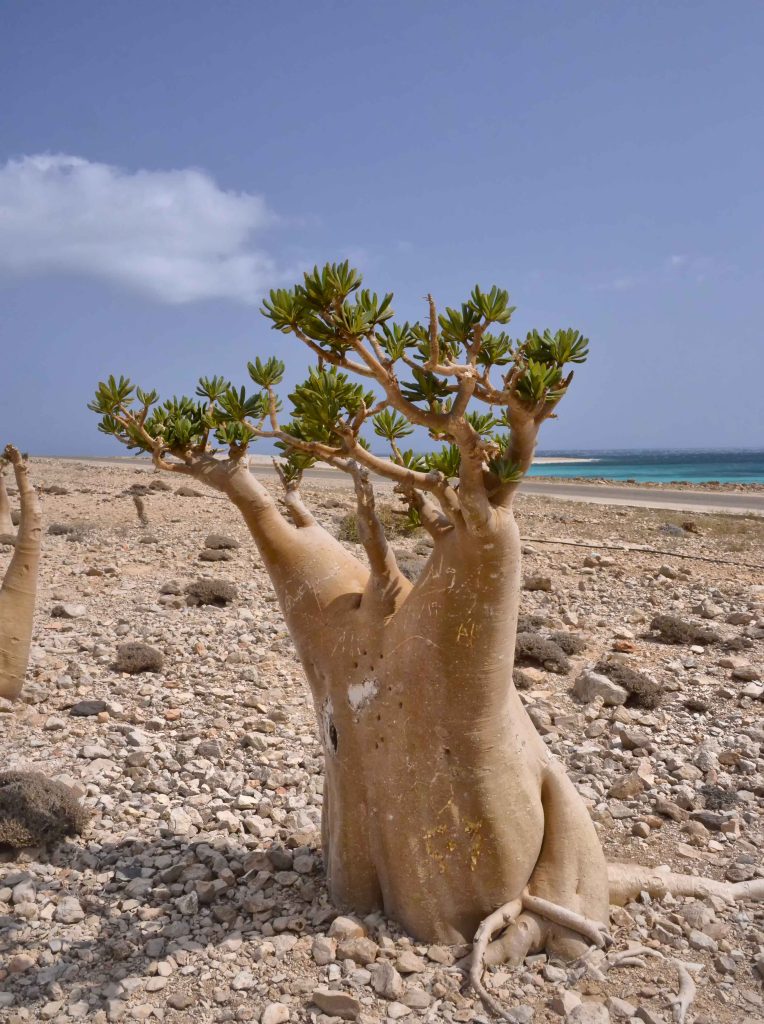
- Cucumber Tree (Dendrosicyos socotranus)- Another endemic, this is the only plant in the cucumber(Cucurbitaceae) family that grows like a tree instead of a vine. It has a bulbous trunk, grows up to 10 feet in height, produces edible fruits, and is drought tolerant.
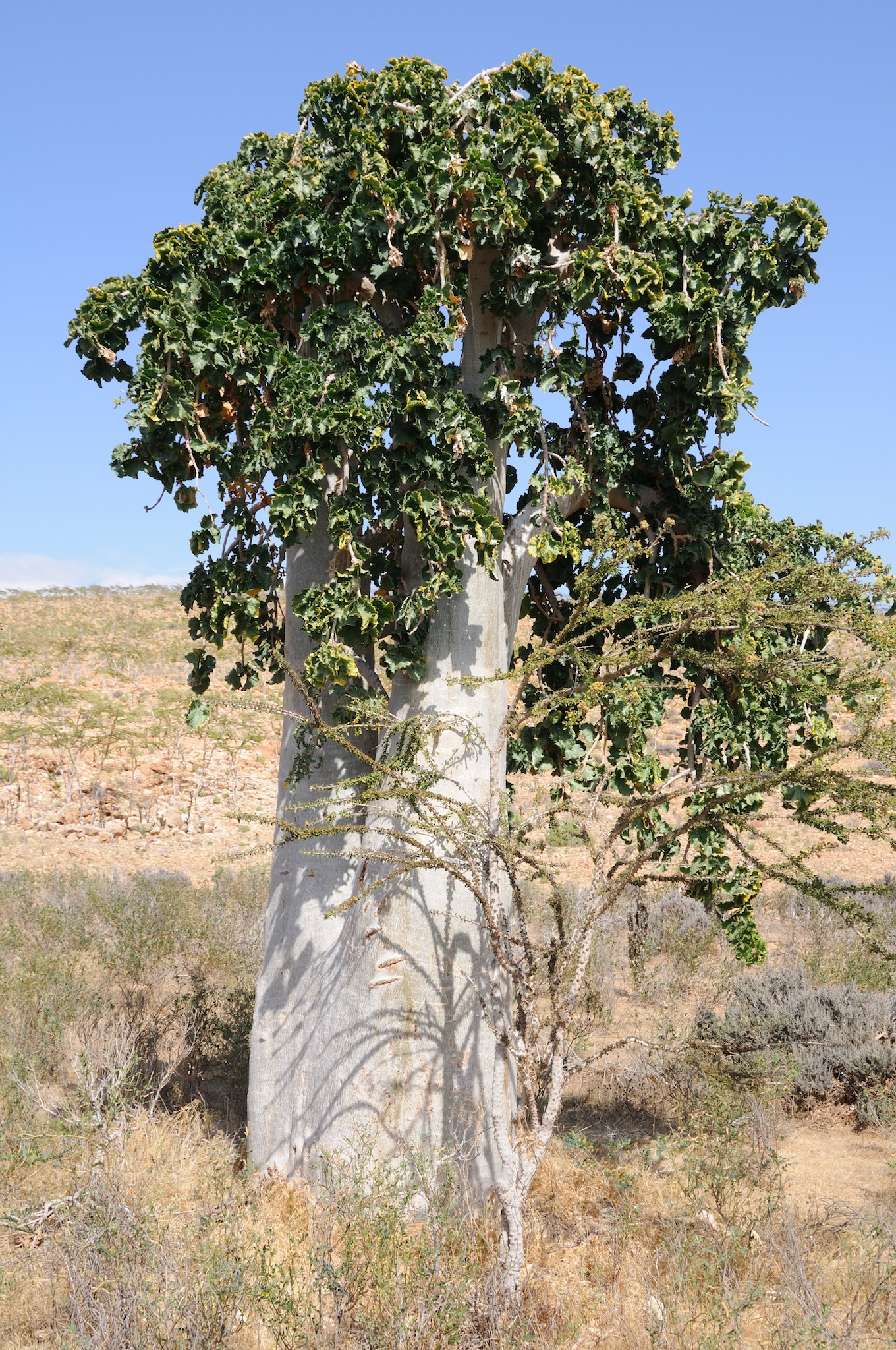
Image courtesy of Stefan Geens/Flickr
- Desert Rose (Adenium obesum)– This is a succulent native, but not endemic, to Socotra. Typically growing up to 1-3 feet, and sometimes even 10 feet, it bears trumpet-shaped flowers that can be pink, red, or white. This also has a swollen trunk(caudex) that can store water.

https://flic.kr/p/9Ah5Yi
Threats to The Biodiversity of Socotra Island
Sadly, Socotra’s precious biodiversity is facing many threats.
Climate change is one. The island’s plant species, including the Dragon’s Blood Tree, are in decline due to recently increased cyclone storms in the region.
Overgrazing by introducing livestock animals is posing a threat to the Dragon’s blood Trees and other plants, too. This is a serious threat to a slow-growing plant like the Dragon’s Blood Tree.
Harvesting Dragon Blood Tree sap for medicine is compromising their populations, too.
The lack of funding for conservation, especially due to the ongoing conflict in Yemen, further jeopardizes this biodiversity hotspot.
However, some local conservation efforts are underway, such as nurseries for saplings, to preserve the Dragon’s Blood Tree and support ecotourism.
Quick Recap
Socotra, located in the Indian Ocean between the Guardafui Channel and the Arabian Sea, is an island with alien-looking and beautiful landscapes and rich biodiversity with a high proportion of endemic plants and animals, some of those plants having unusual characteristics themselves.
Declared a UNESCO World Heritage due to its rich biodiversity resulting from millions of years of isolation, the island’s plants, animals, and ecosystems are facing threats of human origin, and amid limited resources, some conservation attempts are underway.

